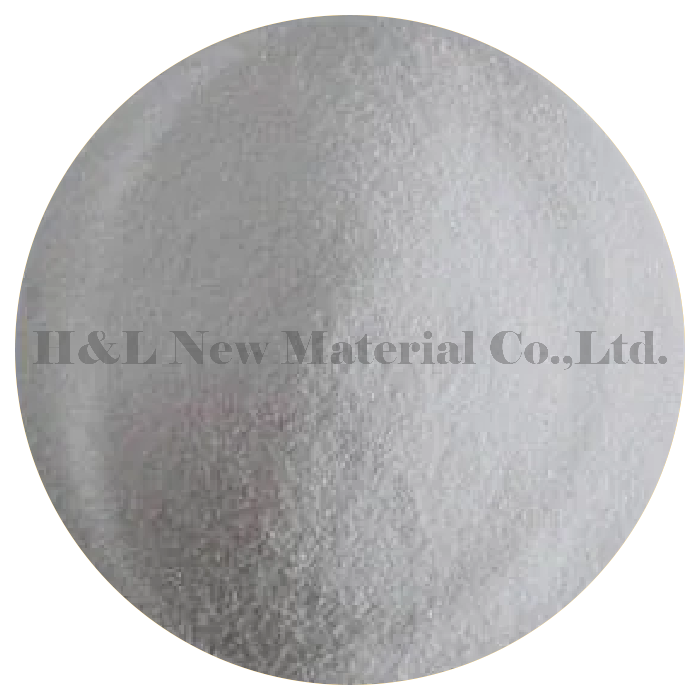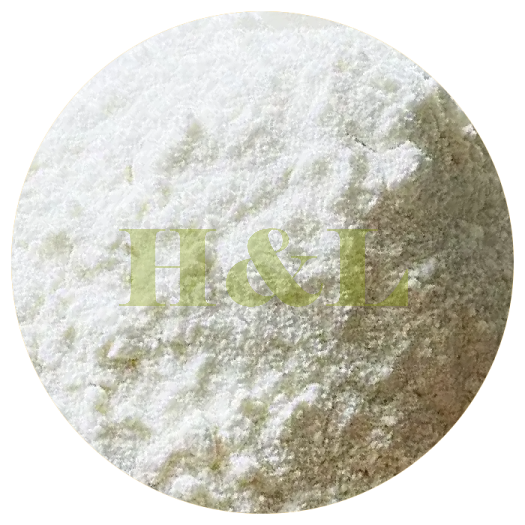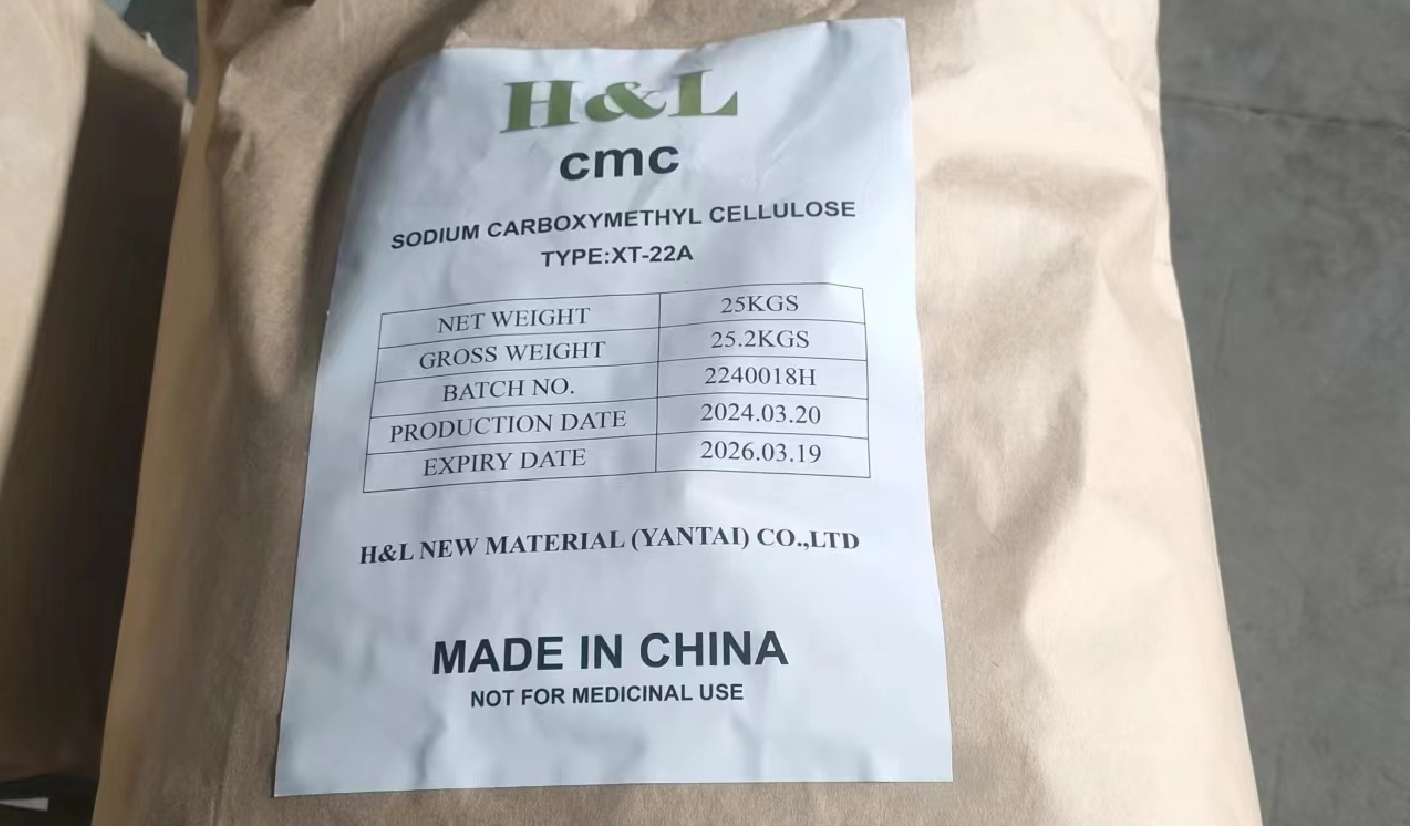Isoniazid is an antibiotic primarily used for the prevention and treatment of tuberculosis (TB). Here are the main usages and details about it:
### 1. **Treatment of Active Tuberculosis**
- **Indication**: Used in combination with other antitubercular agents to treat active TB.
- **Mechanism**: Inhibits the synthesis of mycolic acids, essential components of the bacterial cell wall of Mycobacterium tuberculosis.
### 2. **Latent Tuberculosis Infection (LTBI)**
- **Indication**: Administered to individuals with latent TB to prevent the development of active TB.
- **Duration**: Typically given for 6 to 9 months, depending on the patient's risk factors.
### 3. **Prophylaxis in High-Risk Groups**
- **Indication**: Recommended for individuals at high risk of developing TB, such as those with HIV, recent close contacts of TB patients, and individuals with weakened immune systems.
### 4. **Other Uses**
- Isoniazid may also be used off-label for certain other bacterial infections, although this is less common.
### **Dosage and Administration**
- **Forms**: Available in oral tablets and injectable forms.
- **Dosage**: The typical adult dose for active TB is 5 mg/kg (up to 300 mg) daily, while for LTBI, it's usually 300 mg daily.
### **Side Effects**
Common side effects may include:
- Hepatotoxicity (liver damage)
- Peripheral neuropathy (often mitigated with pyridoxine or vitamin B6)
- Rash
- Gastrointestinal disturbances
### **Monitoring**
Regular monitoring of liver function tests is recommended due to the risk of hepatotoxicity, especially in patients with pre-existing liver conditions or those taking other hepatotoxic drugs.
### **Contraindications**
- Significant liver disease
- Previous hypersensitivity reactions to isoniazid
### **Drug Interactions**
Isoniazid can interact with several medications, including:
- Anticonvulsants (e.g., phenytoin)
- Antiretrovirals (e.g., certain protease inhibitors)
- Warfarin (may increase bleeding risk)
### **Summary**
Isoniazid is a crucial medication in the fight against tuberculosis, particularly in preventing the progression from latent to active disease. Its use should be carefully monitored to manage potential side effects and interactions.




 Guarantee safe
Guarantee safe 





